Standard Picture Book – Part 1
This standard Big Bible picture book is an intermediate version that was created for those who are somewhat familiar with science and with the concepts presented on this website. This version of a Big Bible picture book shows the Bible passage along with what scientists say about that period of cosmic history. The Bible passages use the New International Version. The scientific descriptions are for those who are familiar with basic scientific concepts at the level of an American high school. The scientific descriptions include the estimated time period in cosmic history.
For the concepts on this website, the following sections would be especially useful to understanding the comments in this intermediate version of the Big Bible approach.
- Point of View or Frame of Reference
- Hebrew word YOM
- Evening and Morning in Genesis 1
- The Use of Metaphor in Genesis 1
- The Historical Perspective of Old Earth Creationism and Naturalism
The first verse of Genesis chapter 1 reads as follows.
In the beginning God created the heavens and the earth.
We begin this intermediate version of explaining the Big Bible approach by exploring this first sentence one phrase and sometimes one word at a time. By comparing this one verse with science, we can gain much insight into the richness of how the Bible summarizes scientific findings from over the past 500 hundred years or so.
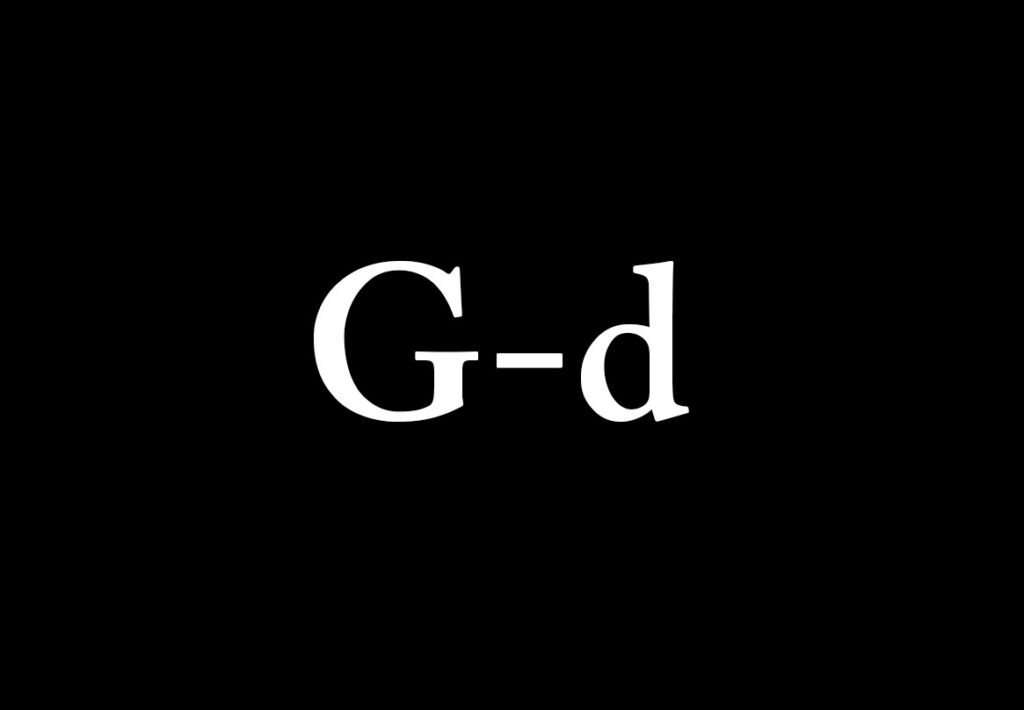
Before time began
The Bible says...
In the beginning God created the heavens and the earth. (Genesis 1:1)
Science cannot say...
Science and its methods understandably cannot grasp the full depths of God because this Creator of the universe is not confined to the laws of nature. Scientific methods, on the other hand, are limited to observing and studying only the wonders of God’s creation. This may be at least one reason why God has chosen to reveal His nature and desire for us through His chosen people. And the Creator has used the Bible to record those encounters of His chosen people, especially His only begotten beloved Son, the Lord Jesus Christ.
It is God who has always existed, the great I AM. He existed before the beginning of our universe. This is why we put this frame first, even though it does not follow exactly the word sequence in the first verse of Genesis (understanding also that the word sequence is set by the way grammar worked in ancient Hebrew). Following Jewish practices, we use the name of G-d here, recognizing that from a religious as well as a scientific standpoint, our Creator is far, far above what we can fully understand or imagine. From a religious standpoint, this is one of the many reasons that we call G-d holy.

The beginning of time and space
The Bible says...
In the beginning God created the heavens and the earth. (Genesis 1:1)
Science says...
It was only in the early 20th century that science began to have strong evidence that there was a beginning to the universe. This evidence was from a combination of observations of the astronomer Edwin Hubble, the General Theory of Relativity of Albert Einstein, and a cosmological theory based on the General Theory of Relativity from the Catholic priest George Lemaitre. This beginning of the universe was later denoted by the expression of “the Big Bang”.
Here we represent the beginning by an arrow, because before this beginning, there was no time or space. But after the beginning, there was time and space and everything that has come afterwards. This finding from science is also a good example of how science can add additional insights to the Bible. Genesis 1 has most commonly and reasonably been interpreted to mean that God created the heavens and the earth within the context of an existing space and/or time. But from the deductions of the General Theory of Relativity we can now be fairly confident that there was not even a space and time (as we know it) that existed before the Big Bang. This finding from science brings even more awe and wonder to a Being who is truly beyond space and time. In fact, it was the Creator who created space and time itself. And this is the Creator who has chosen to communicate with us through the Bible.
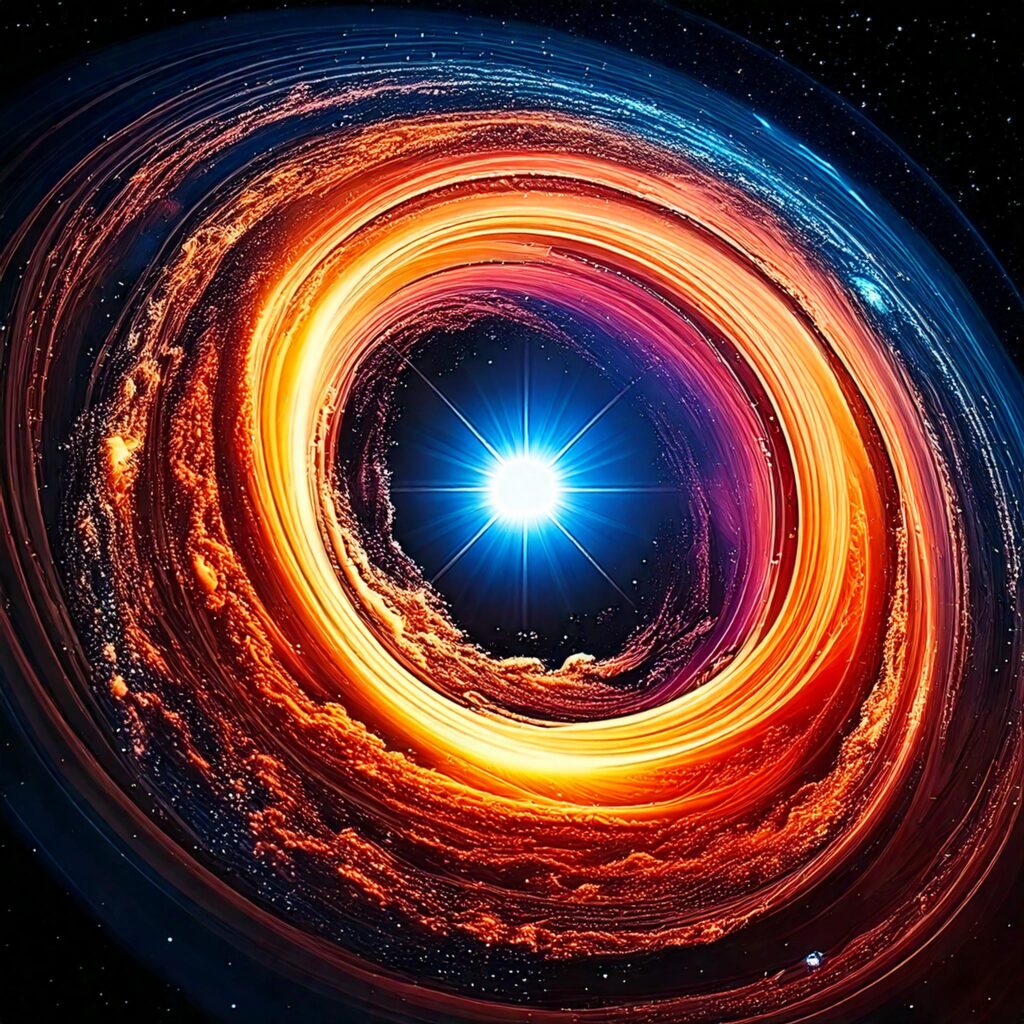
Approximately 13.8 Billion Years Ago (bya)
The Bible says...
In the beginning God created the heavens and the earth. (Genesis 1:1)
Science says...
The consensus of science is that there was a beginning to our universe about 13.8 billion years ago, which was also the beginning of space and time. So to try to understand what “happened” before time began becomes somewhat of a meaningless question.
The most logical explanation for this complex universe that had a beginning is that there must have been a Creator with an intelligence that is far beyond what we can imagine who created this universe. This would be a Creator that transcends (i.e., is beyond) even space and time. So, the description from Genesis 1:1 that was written over 3,000 years ago is consistent with this explanation of a beginning that we have from modern science. And the description from Genesis 1:1 is unique among any of the origin stories from different cultures. This would strongly imply that the Creator has chosen to use the Bible as a reliable medium to share the messages that He would like to communicate to us.
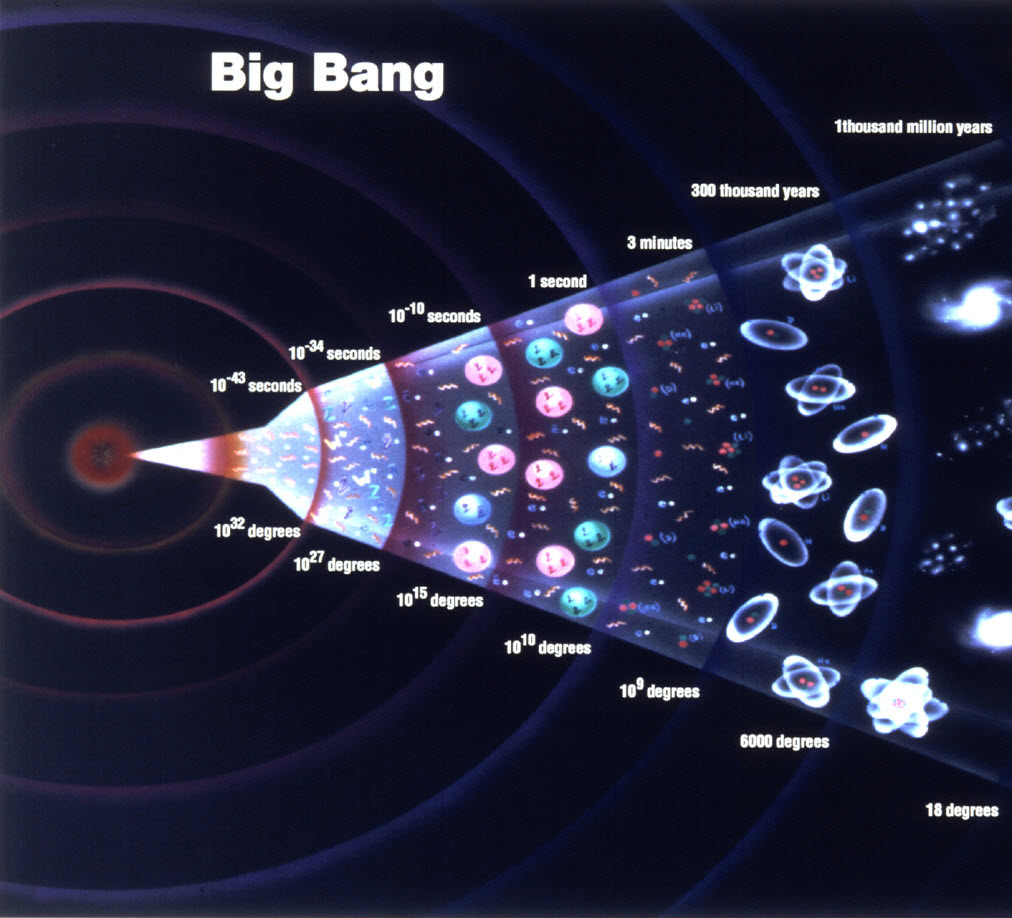
A time span of about 9 billion years from 13.8 to 4.6 bya
The Bible says...
In the beginning God created the heavens and the earth. (Genesis 1:1)
Science says...
According to scientific consensus, our universe began as an extremely dense, hot point commonly known as a singularity. This singularity then rapidly expanded and cooled. Subatomic particles formed which then formed atoms and then molecules like hydrogen and helium. Over billions of years, gravity pulled these atoms together to form clouds and then stars and galaxies, including our Milky Way galaxy. Some scientists speculate about cyclical universes or multiverses that somehow happened before the singularity. Regardless of the outcome of these theories, however, it will always be accurate to say that Genesis 1:1 is in harmony with what science has discovered about the beginning of our own universe.
Genesis 1:1 provides a brief summary of all creation in one verse. It covers the first 9.2 billion years of the beginning of our universe and then focuses on the following 4.6 billion years for the formation of the earth. The expansion of the universe for the first 9.2 billion years was obviously not the focus of the narrative in Genesis 1. But it is significant that even in these first few descriptive words in Genesis 1, the order of creation as described by science does follow the order of the words in Genesis – first the heavens and then the earth.
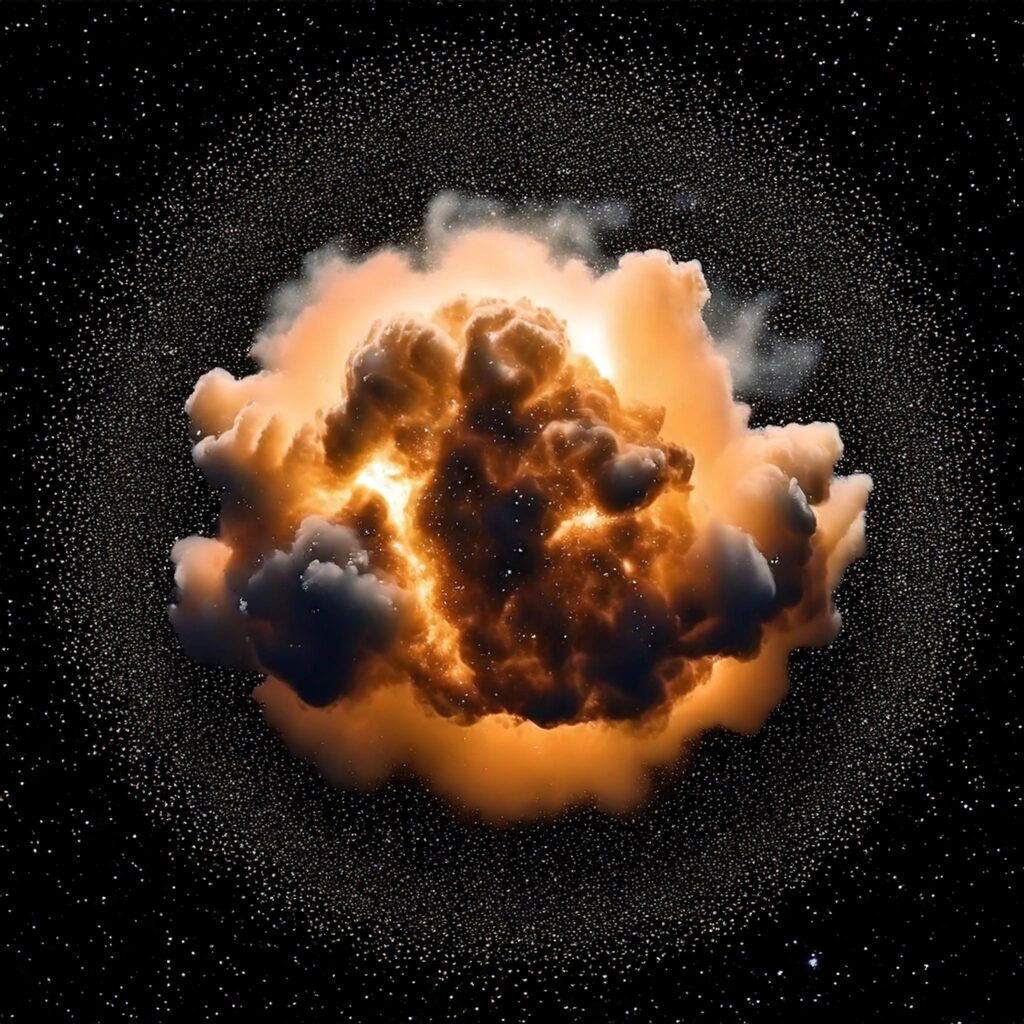
Approximately 4.6 to 4.55 bya the earth formed
The Bible says...
Now the earth was formless and empty, darkness was over the surface of the deep, and the Spirit of God was hovering over the waters.
(Genesis 1:2)
Science says...
According to current scientific understanding, about 4.6 billion years ago (bya) a giant molecular cloud of gas and dust in our region of the Milky Way collapsed, probably triggered by a nearby supernova. This collapse formed a rotating disk – the solar nebula – with the Sun forming at its center.
Tiny dust grains in the nebula began sticking together through electrostatic forces, eventually forming large clumps called planetesimals (which were in the kilometer size range). Planetesimals merged into protoplanets through collisions and gravitational accretion.
Like Genesis 1:1, the verse of Genesis 1:2 seems to cover more than one event. The first event in Genesis 1:2 is that the earth is formless and empty. The earth being formless and void is in harmony with the current scientific consensus that the earth formed from gas and dust and electrostatic and then gravitational forces.
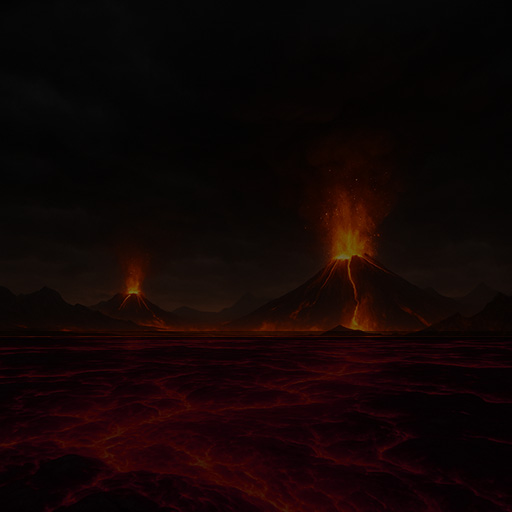
Sometime during ~4.54 to 4.5 bya
The Bible says...
Now the earth was formless and empty, darkness was over the surface of the deep, and the Spirit of God was hovering over the waters.
(Genesis 1:2)
Science says...
A natural assumption here could be that the surface of the deep (Hebrew ṯə·hō·wm) is referencing deep water. And sometimes that is how it is used. But ṯə·hō·wm can also refer to deeper parts of an object, which here could be depths of the earth – which we assume is the case here because water was not yet cool enough to form a body of water.
The second phrase of Genesis 1:2 seems to move Earth’s history forward to where earth was covered in clouds of carbon dioxide and water. Using Venus as a model for such a cloud cover, we can see that the clouds would block almost all of the light from the sun. In this visualization we take the point of view of the Spirit of God hovering over the earth and everything is very dark because of the dense cloud cover. The majority of the light on the early earth would be from erupting volcanoes or the hot magma flowing on the ground.

